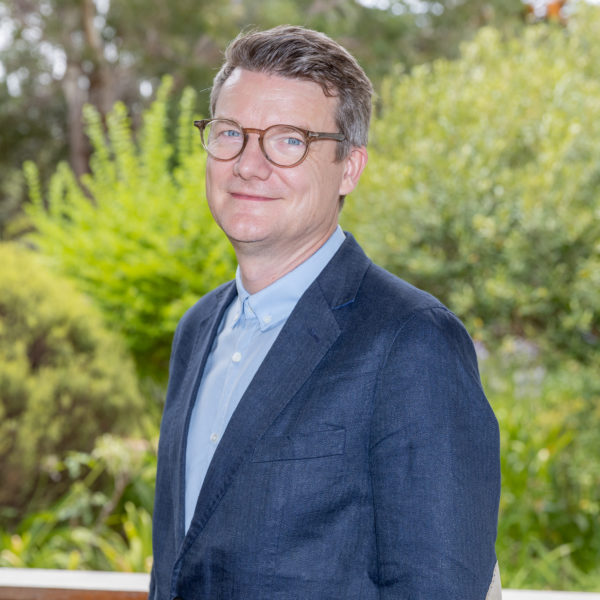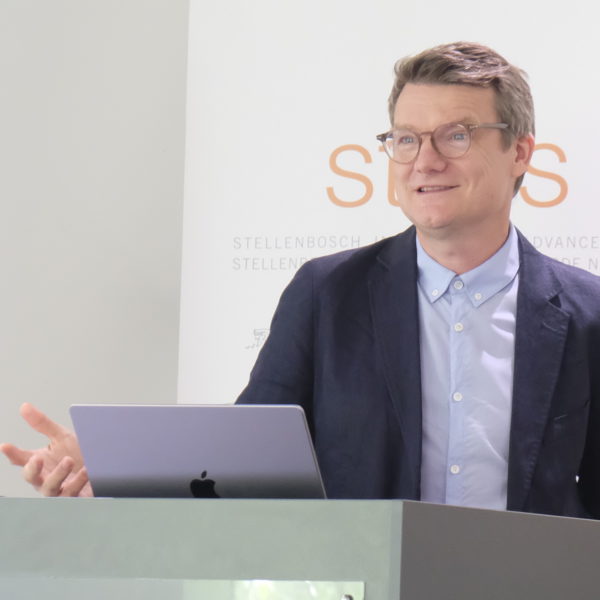Spinal cord injury unproportionable occurs in young adults with devastating consequences for their physical, mental, social and professional life. It also represents a large financial burden to society and families. Most traumatic spinal cord injuries in Africa are caused by motor vehicle accidents, falls and violence but statistics on Sub-Sahara countries are sparse and seldom mentioned in worldwide reviews. Most patients with spinal cord injury are in a chronic stage, with currently no available treatment to improve their situation. We previously identified the origin of fibrotic scar tissue as a discrete subset of perivascular cells and demonstrated that a moderate reduction of fibrotic scarring improves regeneration and functional recovery after spinal cord injury. Here, I propose to identify therapeutic targets to reduce fibrotic scar tissue after spinal cord injury. The project takes advantage of state-of-the-art transcriptome techniques in unique tissues of the human spinal scar. Furthermore, I will use data from our tissue collection to determine treatment time-windows. The results will provide us with the necessary knowledge to design a therapeutic strategy to promote regeneration and functional recovery following spinal cord injury. This project presents an opportunity to improve patient life’s with spinal cord injuries in the future.
Menu
Related news
Related news
Share this project:
Share on whatsapp
WhatsApp
Share on email
Email
Share on facebook
Facebook
Share on twitter
Twitter
Share on linkedin
LinkedIn
Is any information on this page incorrect or outdated? Please notify Ms. Nel-Mari Loock at [email protected].


